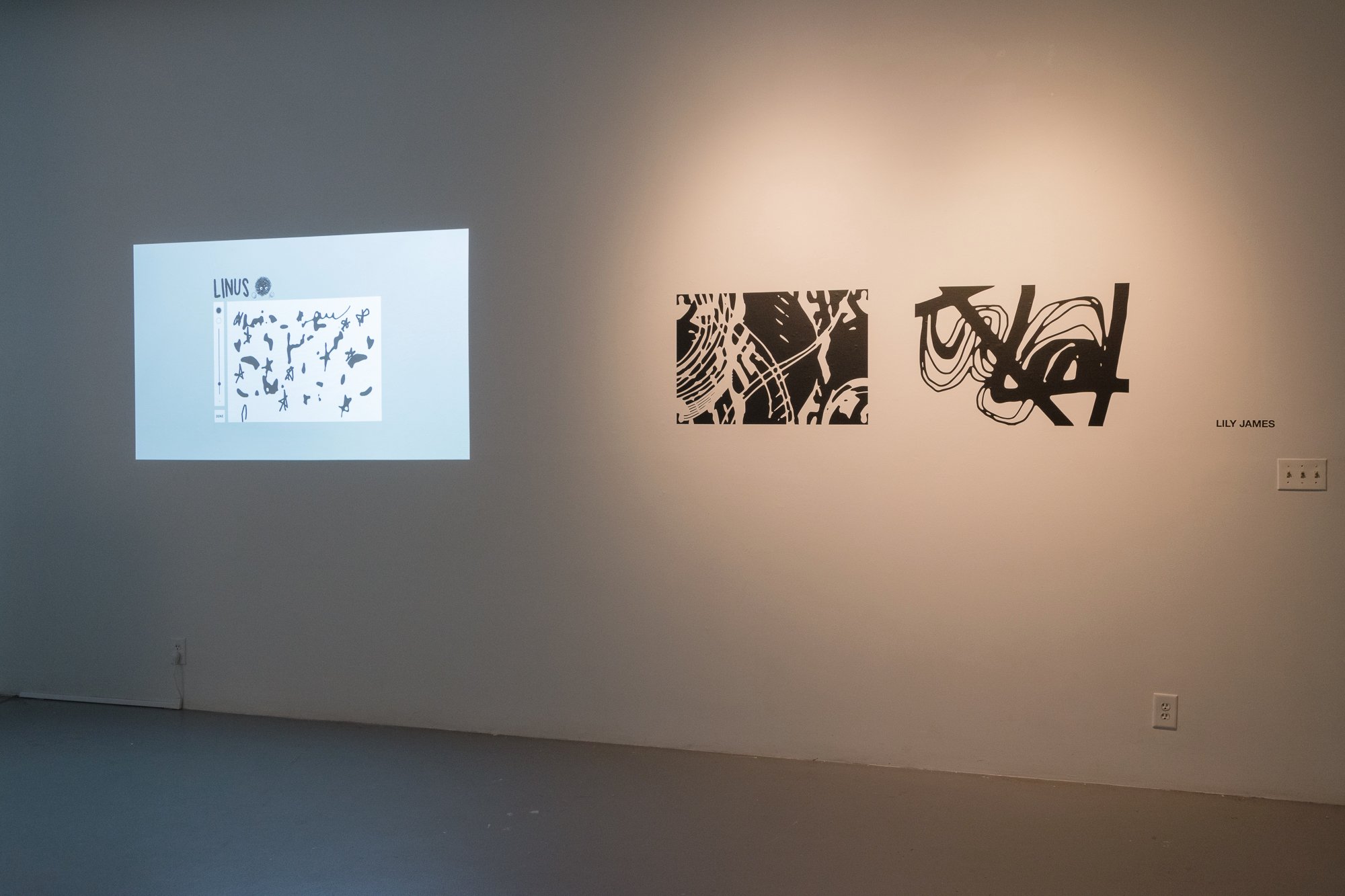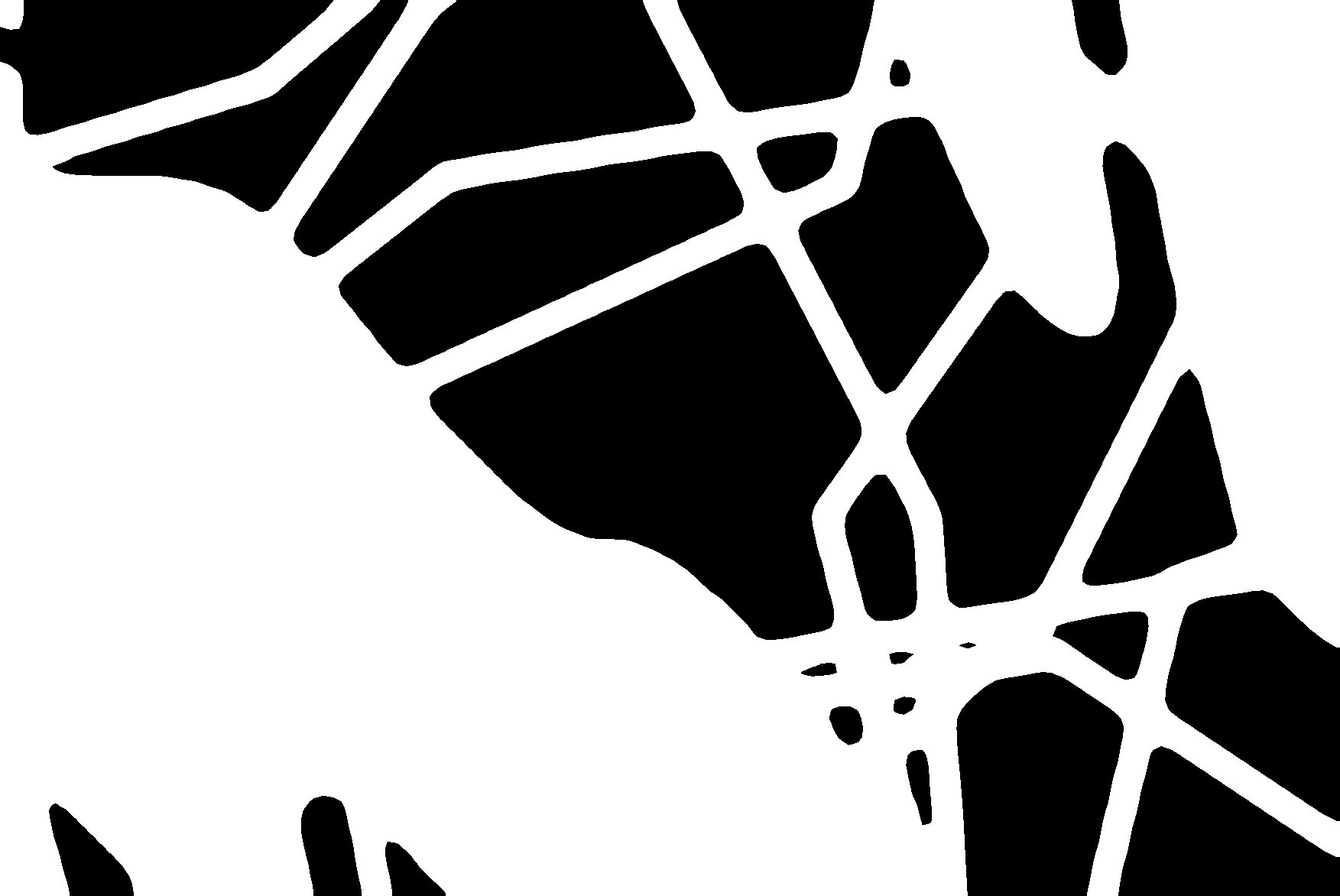Lily James
LINUS
I’ve come to realize that when I’m starting a new project, I think process first, concept later. I’ll start by thinking about mediums that have been interesting to me lately — new tools or experiments I’d like to try — and then think through which ideas might suit that mode of working. I find this makes more sense in my brain. Because of this, as a result of jumping frequently from one medium to another, it’s become really clear that the thing I end up making is fundamentally dependent on and altered by the tool I end up using. I think a lot about the amount of control that is exerted over a project by the medium I use — how much of a final project is dictated by my choices versus the limitations or features of a given medium.
In particular, as a digital artist, I have also been thinking a lot about the different applications I use to make art, thinking of software as a medium. Digital art software seeks to be as useful as possible: to be multipurpose, streamlined, even able to automate parts of your process for you. I find myself asking how much of a finished digital piece is “mine”, and how much belongs to the software I used to make it, or the person who created that software.
In response to this nagging feeling, I felt the impulse to try and control every step of my process from the ground up, to try and create my own digital art tool and make things with it. That way, I could perhaps have more ownership over my process, but also understand more concretely how medium influences it. It also made me want to push the question of ownership and control even further, to push against my impulse to try and control every step of the process. What if the digital art tool you use is not so streamlined or multi-purpose or even useful at all? What if it’s actively trying to change the way you work, to assert control over the end result? A piece of art software that is more like a collaborator than a tool, which has agency, and wants, to some degree, to own what it creates.
The result is L.I.N.U.S. (Line-based Interface Nurtured by Uncooperative Software), a vaguely antagonistic digital drawing tool. LINUS randomly deploys a series of effects as you draw which alter both what you’ve drawn and the way you draw. Instead of trying to be streamlined, multi-purpose, and useful, LINUS tries to make drawing more difficult — making marks of his own, complicating the drawing process, and limiting functionality. As a result, you are constantly aware of the presence and influence of the tool, but are also forced to collaborate with it, to think about drawing in new ways. When you get down to it, LINUS’ drawing functionality is pretty basic. All he really wants to do is draw a picture with you.
Draw with L.I.N.U.S.
LINUS, p5.js, 1000 x 750 px, 2022
LINUS, p5.js, 1000 x 750 px, 2022
LINUS, p5.js, 1000 x 750 px, 2022
gallery installation, 2022
gallery installation, 2022
gallery installation, 2022
gallery installation, 2022
Untitled LINUS Drawing, digital illustration with LINUS, 880 x 590 px, 2022
Untitled LINUS Drawing, digital illustration with LINUS, 880 x 590 px, 2022
Untitled LINUS Drawing, digital illustration with LINUS, 880 x 590 px, 2022
LINUS Demo, 2022










